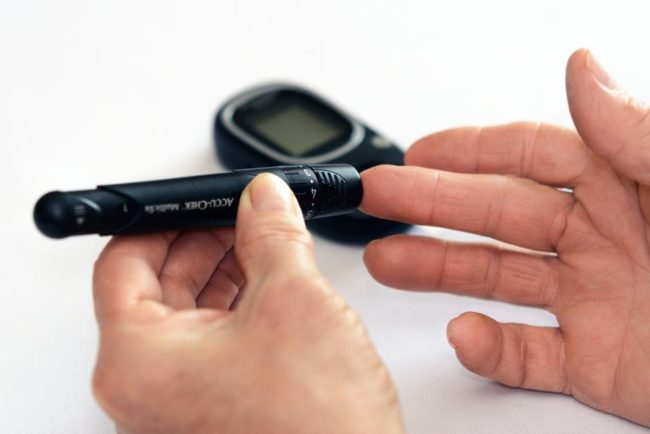Did you know that 4% of people 18-44 years old have diabetes and 17% of people aged 45-64 years? Do you currently suffer from diabetes and are looking for diabetes treatment guidelines?
This article will cover the current and most up-to-date treatment guidelines available for type II diabetes. Read on to discover these treatment plan tips for a brighter and healthier future.
1. Weight Loss
Losing weight is vital since it can low your blood sugar levels. You’ll want to ideally lose 7% of your initial weight. Speak to your doctor first before losing weight since everyone is different. You want to control your portion sizes and eat healthy foods.
Keep in mind that certain foods you eat will cause your blood sugar levels to be elevated. There are fats, proteins, and carbs. Carbohydrates cause your blood sugar levels to increase. Foods that are mainly fat or protein won’t affect your blood sugar levels as carbs do.
Even though they won’t affect your blood sugar, they can still impact your weight because of the calories. Avoid fast foods and sugary treats as much as possible. There are other ways to keep your blood sugar level such as taking medications like jardiance.
2. Exercise Regularly
Exercise is great for those who have type II diabetes and those who don’t. The reason it’s so important to exercise when you have type II diabetes is that it’ll help improve your body’s response to insulin.
It can also help your lungs and heart stay healthy, and help you shed off some pounds. Try to work out at least 30-60 minutes a day of moderate exercise. You’ll want to make sure to do strength training, walking, and aerobics combined on different days.
Try to reduce the times you’re immobile such as watching tv or scrolling through your phone. You want to get up and move around every 30 minutes, not to stay stagnant for too long when you’re awake.
3. Diabetes Medications
Some who have Type II diabetes can just eat healthy and exercise, but some need the assistance of medication as well. You might need to have insulin therapy or take diabetes medications.
Examples of medications your doctor could prescribe are Metformin, Sulfonylureas, Insulin, SGLT2 inhibitors, GLP-1 receptor agonists, DPP-4 inhibitors, Thiazolidinediones, Meglitinides, and Sulfonylureas.
Your doctor might also prescribe low-dose aspirin along with blood pressure and cholesterol-controlling medications. These will help prevent blood vessel and heart disease.
Signs to Watch out For
Your blood sugar dropping too low(hypoglycemia) is something to watch out for. This could be due to skipping a meal or taking more medication than usual. If your blood sugar reading is higher than 600 mg/dL(hyperglycemia) you’ll want to contact your doctor immediately.
This could be caused by being sick, not getting enough glucose-lowering medication, or eating too much. You could have fatigue, blurred vision, nausea, dry mouth, increase thirst, or urination.
Diabetes Treatment Guidelines
While there are many steps you can take for diabetes treatment guidelines, you’ll want to follow as many as possible to prevent other illnesses to occur such as heart disease.














